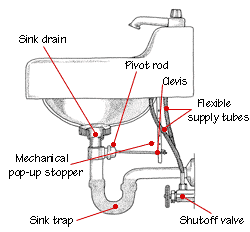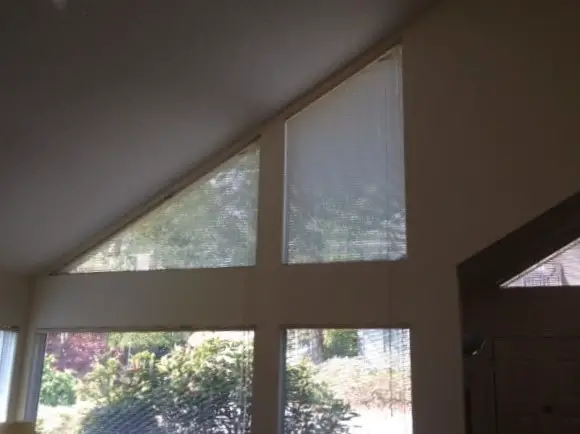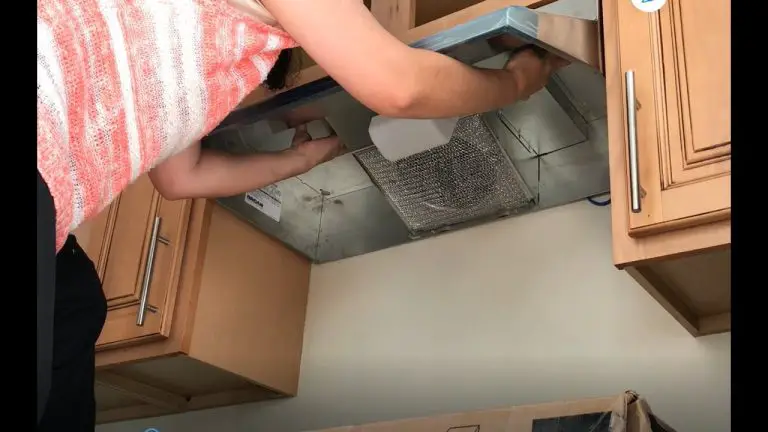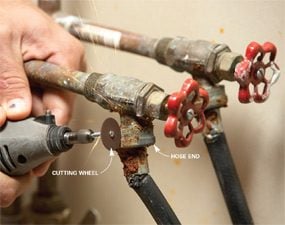How Does Bathroom Sink Plumbing Work?
Bathroom sink plumbing is the system of pipes, drains, and valves that are used to move water into and out of your bathroom sink. It is important to understand how bathroom sink plumbing works so that you can repair any issues that may arise. This article will provide an overview of the components of bathroom sink plumbing as well as how they are used to properly move water. Additionally, it will offer tips for troubleshooting any problems that may arise.
Overview of Bathroom Sink Plumbing
Bathroom sinks are an important feature of any bathroom and require proper plumbing to ensure they function correctly. This blog will provide an overview of bathroom sink plumbing, from the basics of installation to more advanced topics such as dealing with clogged drains and leaky faucets. We’ll discuss the different materials used in bathroom sink plumbing, how to identify common problems and tips for proper maintenance. With this information, you’ll be able to handle most issues that arise with your bathroom sink plumbing with confidence. So, let’s get started learning about bathroom sink plumbing!
Components of a Typical Bathroom Sink Plumbing System
A typical bathroom sink plumbing system consists of several components that work together to ensure water flows smoothly and safely from the sink to the drain. The main components include the sink itself, the faucet, the drain, the trap, the supply lines, and the shut-off valves. The sink is the main feature of the bathroom sink plumbing system and is responsible for holding the water. The faucet is connected to the sink and provides a way to control the flow of water. The drain is connected to the sink and provides an outlet for the water to escape. The trap is a U-shaped pipe that prevents sewer gases from entering the home. The supply lines bring water to the sink, and the shut-off valves give you the ability to turn off the water supply when necessary. A well-functioning bathroom sink plumbing system is essential for a safe and comfortable bathroom experience.
Installing a Bathroom Sink Plumbing System
Installing a bathroom sink plumbing system may seem intimidating, but it’s actually quite simple with the right tools and instructions. With just a few steps, you can have a functional and beautiful new bathroom sink plumbing system in no time. First, you’ll need to determine the right size and type of sink for your space. Next, you’ll need to install the plumbing fixtures and connect the pipes to the main water supply. Finally, you’ll need to test the system to make sure it’s working properly. If you’re looking to give your bathroom a stylish upgrade, installing a bathroom sink plumbing system is a great way to go. It’s an easy and cost-effective way to add a touch of class to your bathroom. With the right tools and instructions, you’ll be able to quickly and efficiently install a bathroom sink plumbing system that will last for years to come.
Maintaining a Bathroom Sink Plumbing System
Maintaining a bathroom sink plumbing system is essential for avoiding costly repairs and ensuring maximum longevity of your sink. Regularly cleaning the sink and checking for any signs of cracks or damage can help identify issues before they become more serious. It’s also important to check for any clogs or blockages and to look for signs of leaking, which can be caused by improper installation or wear and tear. Additionally, inspecting the pipes and faucets for any signs of corrosion or mineral deposits can help extend the life of your plumbing system. Taking the time to maintain your bathroom sink plumbing system can save you time and money in the long run.
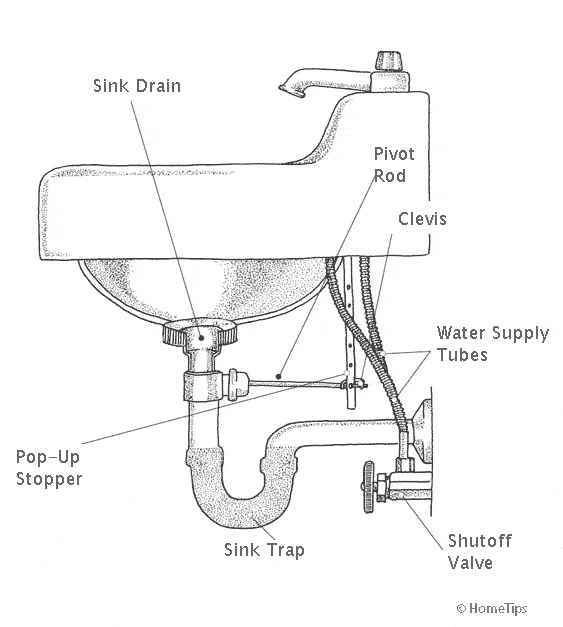
Troubleshooting Common Bathroom Sink Plumbing Problems
Have plumbing problems in the bathroom sink? Don’t worry! The experienced professionals at ABC Plumbing are here to help you troubleshoot and fix common bathroom sink plumbing problems. From slow-draining sinks to clogged pipes, we can help you identify and repair the issue quickly and efficiently. Whether it’s a blocked drain, a faulty valve, or a damaged pipe, we have the expertise to diagnose and address the problem. Don’t let bathroom sink plumbing problems ruin your day – let us take care of them for you!
Tips for DIY Bathroom Sink Plumbing Projects
DIY bathroom sink plumbing projects can seem daunting, but with the right tips and tricks, you can save money and time on your next project. From the basics of installing a new sink to more advanced repairs, our guide will give you the confidence to tackle any project. Learn how to identify the different types of pipes and fittings, how to ensure a watertight seal, and how to fix common issues like a clogged drain. Discover the best tools to use and helpful maintenance tips to keep your sink in top condition. With these DIY bathroom sink plumbing tips, you can be sure of a successful project!
Cost Considerations for Bathroom Sink Plumbing
When it comes to bathroom sink plumbing, cost considerations are an important factor to consider. From the type of sink you choose to the installation and materials used, there are a variety of factors associated with the cost of plumbing for your bathroom sink. From choosing the right type of sink for your budget to considering the plumbing installation costs, it’s important to understand the costs of plumbing your bathroom sink to ensure you make the best decision for your space.
FAQs About the How Does Bathroom Sink Plumbing Work?
What materials are used in bathroom sink plumbing?
The materials commonly used in bathroom sink plumbing include PVC, copper, brass, and PEX.
What kind of maintenance is required for bathroom sink plumbing?
Regular maintenance of bathroom sink plumbing is important to ensure proper functioning and to prevent leaks. This includes checking the pipes for cracks and leaks, cleaning out the traps and drain, and inspecting the faucets for signs of corrosion or wear.
How often should bathroom sink plumbing be replaced?
The general recommendation is to inspect and replace any bathroom sink plumbing components every 10 years or so. However, the frequency of replacement may vary depending on the type of material used and the condition of the plumbing.
Conclusion
Bathroom sink plumbing is a complex yet essential part of any home’s plumbing system. It is important to understand how it works so that it can be properly installed and maintained, and any necessary repairs can be made. With the right knowledge and tools, any homeowner can successfully install, repair, and maintain their bathroom sink plumbing.

